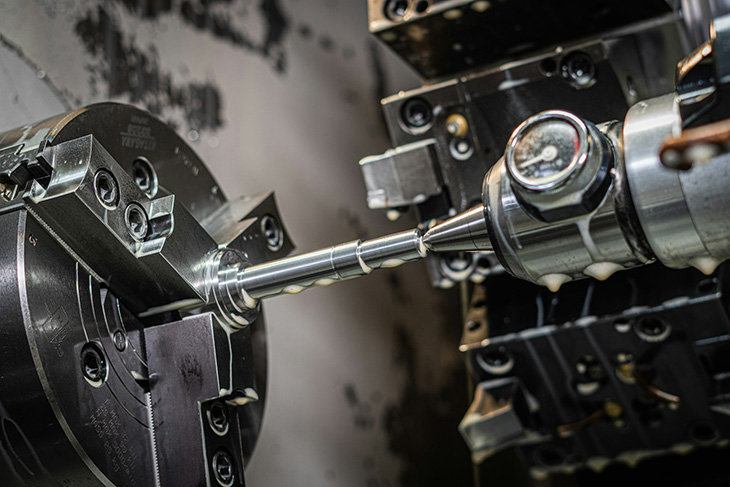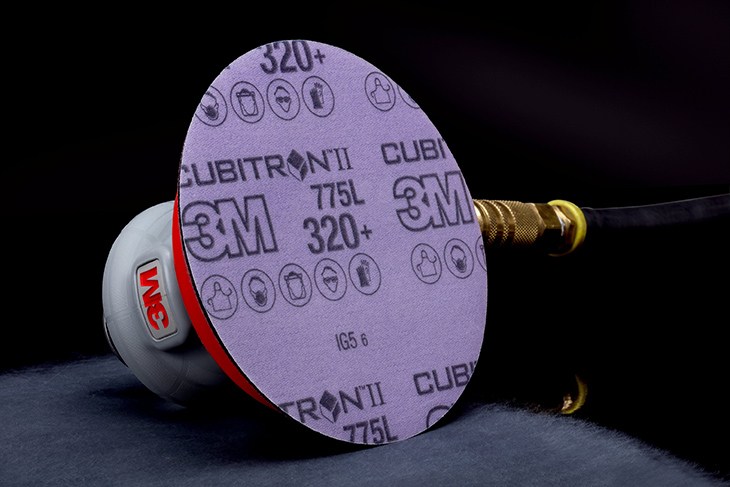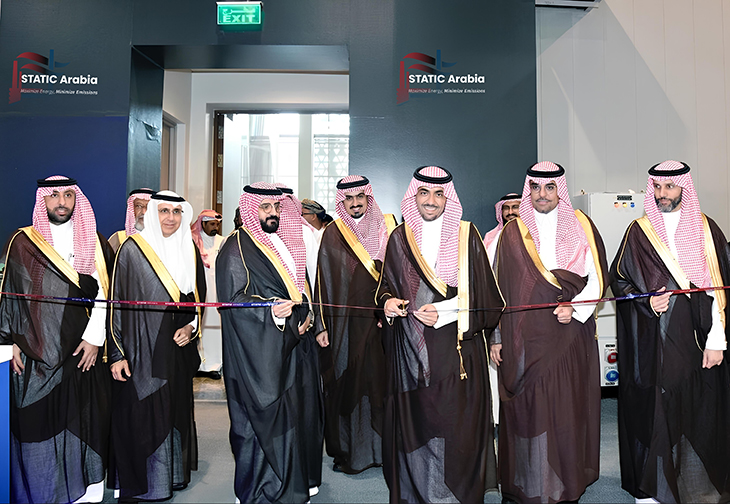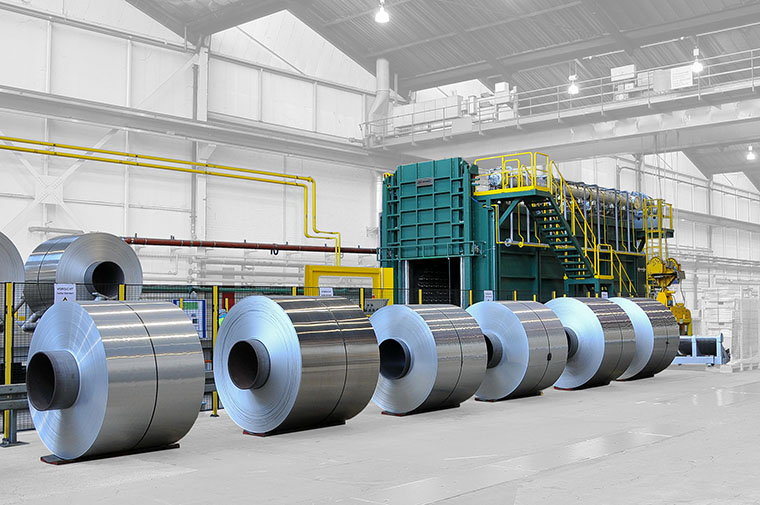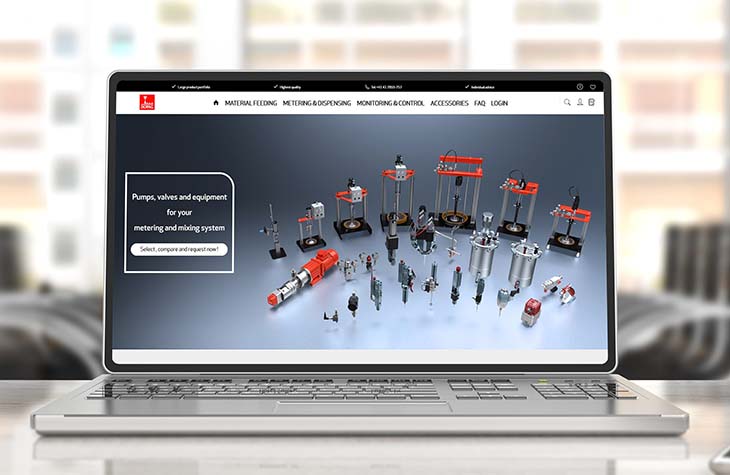Digital twins have allowed many industrial leaders to move away from trial and error and get more visibility into the likely outcomes for specific decisions. Many applications relate to computer numerical control (CNC) machining. This fabrication method gives people more accuracy when using specialized tools to make various products. What are examples of digital twins manufacturing use cases that have broken new ground?
1. Improving Training for New Operators
Educational programs for people interested in operating CNC machines should ideally extend beyond book and online learning. Although such methods are beneficial, they cannot replace options that allow learners to apply their newly acquired skills in realistic settings. However, having the most inexperienced students immediately begin using CNC machines can be wasteful due to the inevitable learning curve. Relatedly, it is not always practical to restrict machine shop productivity by training class attendees on the facility’s equipment.
However, digital twins are readily accessible alternatives. One company’s solution creates them to match the specific machines and configurations operators will use in real life. Additionally, the accompanying trainer units allow instructors to work with CNC controllers from up to three brands on one console. Then, they can focus on teaching without encountering tech-related barriers.
Those associated with this training solution point out that setup-related mistakes could cost millions of dollars if they permanently damage a CNC machine. That possibility highlights why it is increasingly attractive to have students hone their skills within a digital twin environment first. Errors are possible at any time, but catastrophic ones are much less likely to occur once learners have grasped the fundamentals.
2. Streamlining Essential Processes
Using digital twins in manufacturing allows people to examine their current processes to determine if they suffice or need urgent improvement. More specifically, they can investigate where workflows break down or errors occur. Creating and following best practices reduces costly and time-consuming issues.
For example, people who write code for CNC machines must test it in controlled environments before trying it on actual equipment. Otherwise, operators could damage the machine or workpiece. Digital twins can support that necessary verification process, making it easier to identify the cause of unwanted results, if applicable. These tools are also valuable when people set up new CNC equipment or want to explore how it will fit into their shop layouts.
Getting used to a new machine takes time, but becoming acquainted with it in a digital twin environment first can increase people’s confidence when they set up and program the equipment. Strategically used digital twins can also boost efficiency. One tool can boost production up to 40% while reducing the machine’s energy consumption. Because people can also test new processes in the digital twin while the physical equipment keeps running, this approach can slash unproductive operational time by 75%.
This digital twin solution also has a condition-monitoring component, helping shop managers stay aware of details such as tool wear. Then, they can respond quickly, reducing the chances of downtime or other disruptions.
3. Enhancing Accuracy in Critical Applications
Many digital twins manufacturing use cases support clients who rely on CNC-machined parts for critical applications. Aerospace engineers, oil and gas industry leaders and makers of lifesaving medical devices are some of the many professionals who depend on products crafted in the world’s machine shops. Digital twins have become well-established ways to test new ideas with fewer resources, supporting ongoing innovation.
When people order CNC-machined parts, they expect them to match precise specifications. Fortunately, working with a digital twin while making those components can maintain the necessary accuracy, helping those involved preserve their reputation for high-quality results.
One creative way to use a digital twin while operating a CNC machine is to rely on it to see how closely the physical output matches the details in the computer-aided design file. Some companies have gone even further when using digital twins in quality control. Consider the example of a vendor with a solution that digitally represents the CNC toolpath. People then get workpiece geometry details and can understand the various factors leading to particular outcomes.
The associated data includes all axis movements and machine kinematic effects, along with other information that enables better decision-making. Once people can see digital twins of parts as they make them, it is easier to make the necessary adjustments to achieve a client’s requested results before it is too late.
Increasing Certainty With Digital Twins: Manufacturing and More
People working in manufacturing plants, machine shops or other busy environments know how quickly unexpected factors can create new challenges. Those surprising variables can cause problems for CNC machine operators trying to get the best results from their efforts.
Perfect predictions of future events or outcomes are impossible, but digital twins put predictability in reach, allowing people to link specific aspects to the outcomes they want. Will someone get better results on a different type of CNC machine, or should they run this one at a different speed? The information inside digital twins can answer those questions and many others, helping operators feel well-equipped to tackle obstacles as they arise.









